What Is an Ethernet Hub: Why To Prefer A Switch Over It?
Table of content
Introduction
The networking field is full of scenarios where two devices perform similar options with minor distinctions. Such is the case of an Ethernet hub and Ethernet switch. Both connect devices in a network and enable communication between them while sharing some fundamental differences. They offer multiple benefits if used in the right place and cause long-term damage and performance issues in the opposite situations. If you do not know when and where to use an Ethernet hub, the consequences will be in the form of network slow-down, speed deficiency, and performance issues. On the other hand, if you go for an Ethernet switch for a limited network of fewer devices, it will cost you a huge budget. The present blog aims to guide you in this regard, exploring basic definitions, features, and use cases of network hubs and switches.
What Is an Ethernet Hub
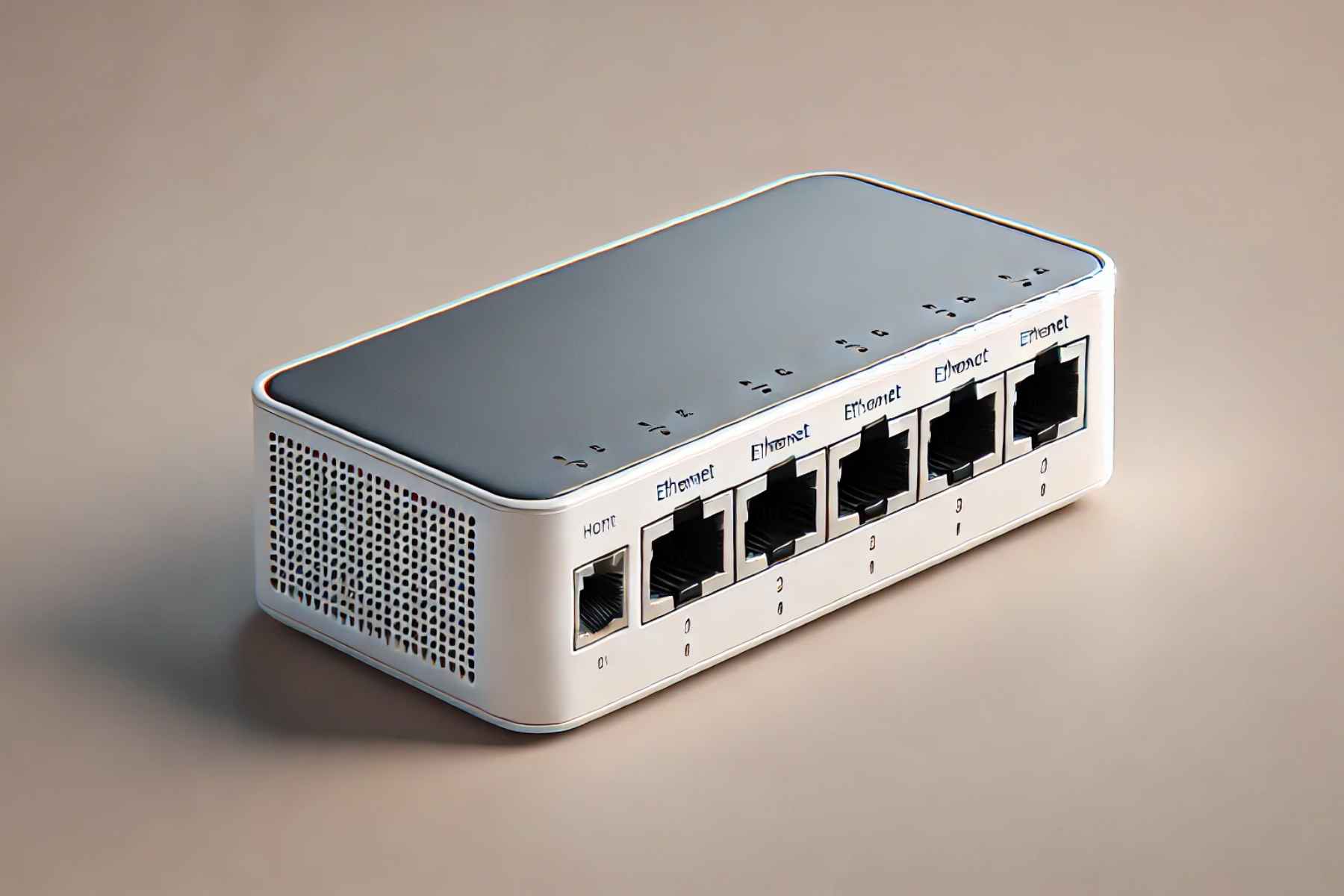
An Ethernet hub, often referred to as a network hub, repeater hub, or multiport repeater, is a network device used to connect Ethernet devices. It serves as a central hub for all these devices, allowing them to work as a single segment. It has multiple input/output ports in which a signal introduced at the input of any port appears at the output of every port except the incoming one. Ethernet hubs receive data from the primary source and transfer it to all connected devices. They function in a half-duplex manner, meaning data can only be sent or received at one time. Unlike switches, a hub does not send and receive data simultaneously.
A network hub spreads data to all the connected devices which sometimes results in sending sensitive data to unauthorized devices. Besides, as it sends data to all devices simultaneously, it affects bandwidth and can lower the network speed.
Common Features of Ethernet Hub
- Provides an affordable solution for basic networking needs.
- Simple to set up and requires minimal technical expertise for installation.
- Uses basic networking technology, offering limited security but reliable functionality for low traffic.
- Allows multiple devices to connect without complex configurations.
- Shares bandwidth among all connected devices, suitable for small networks.
What Is an Ethernet Switch
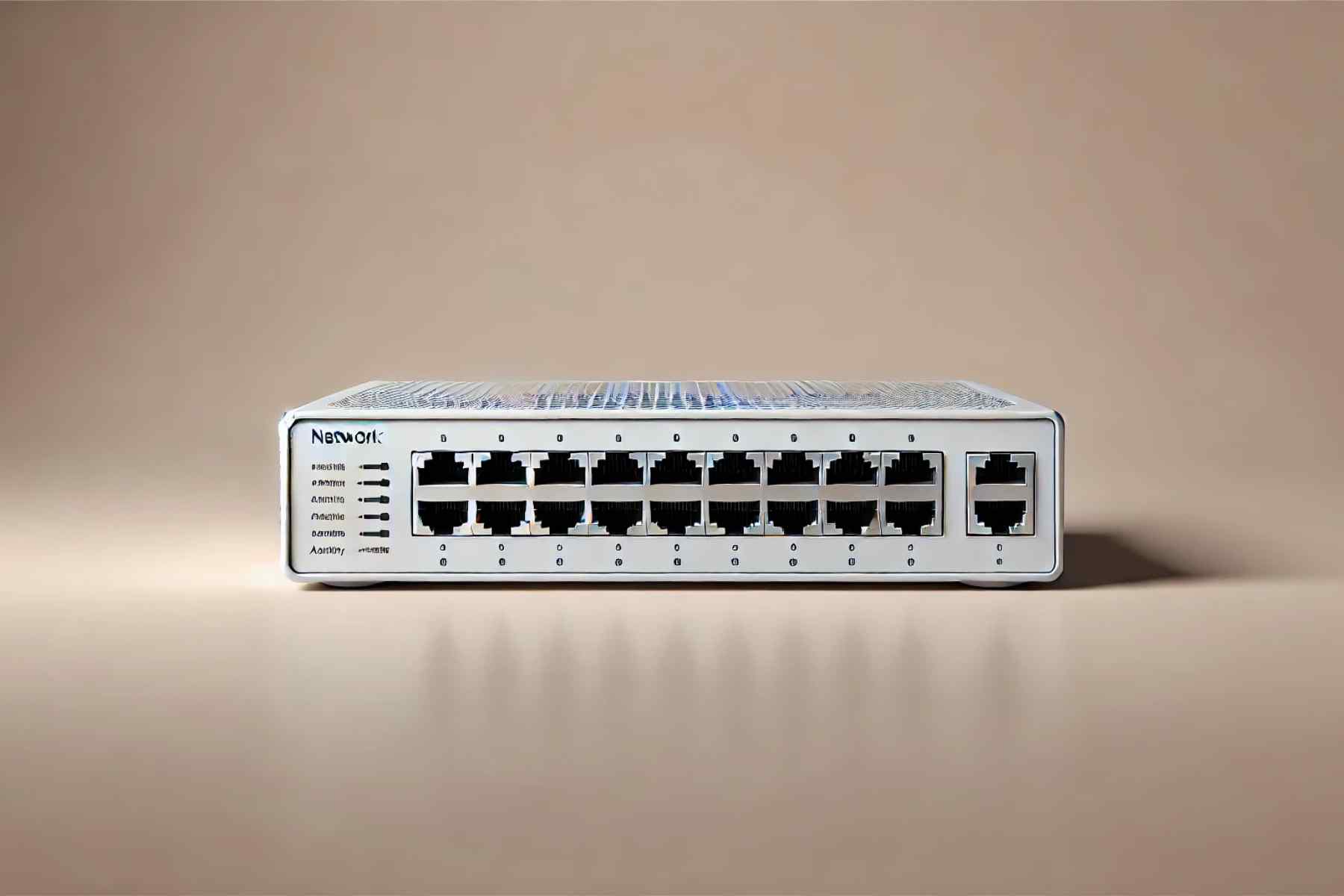
Switches are successors of hubs and perform the same actions in more secure and efficient ways. A network switch connects different devices to send and receive data. Unlike an Ethernet hub, a switch uses advanced technologies to send data to only an authentic device. In comparison to network hubs, switches use less bandwidth per signal and help larger businesses because of their superior data management. Above all, an Ethernet switch eliminates issues of security as well as bandwidth at the same time.
Common Features of An Ethernet Switch
- Facilitates faster data transmission to the target receiver, increasing overall work efficiency.
- Includes valuable features like the device tracker and winner switch.
- Grants each device and network its own bandwidth, increasing speed.
- Can handle more devices and higher traffic loads without compromising performance.
Ethernet Hub vs Ethernet Switch: A Quick Comparison
| Feature | Ethernet Hub | Ethernet Switch |
| Function | Broadcasts data to all devices connected | Forwards data to specific devices based on MAC
Addresses. |
| Layer of OSI Model | Operates at the Physical Layer (Layer 1) | Operates at the Data Link Layer (Layer 2), sometimes Layer 3 |
| Data Transmission | Half-duplex, more collisions | Full-duplex, fewer collisions |
| Efficiency | Less efficient due to network traffic | More efficient with lower traffic
and better speed |
| Security | No privacy (data sent to all devices) | More secure (data sent only to the intended device) |
| Cost | Cheaper | Slightly more expensive but worth the features |
Using Scenarios of Ethernet Hub vs Ethernet Switch
Ethernet Hub Applications:
Device Connectivity:
Network hubs are mainly used in local area networks to connect devices like computers, printers, and more.
Network Range Extension:
A network hub is used to extend hardware data coverage range by connecting multiple hubs. It also results in an extension of the network range.
Troubleshooting Problems:
Many network administrators use network hubs to troubleshoot various problems related to network connectivity issues.
Ethernet Switch Applications:
Large Office Networking:
Ethernet switches are used in complex networking environments because of their advanced features and capabilities. They connect devices through local area networks in multiple professional settings.
Data Centers:
Network switches are also used in data centers to interconnect servers and storage systems.
WAP Deployment:
Ethernet switches can connect several WAPs (Wireless Access Points) to wired networks in wireless networks.
Why To Prefer A Switch Over An Ethernet Switch
- Switches are expensive and complex to install but offer robust security, efficiency, and speed performance.
- Network hubs are comparatively cheaper but raise security questions, experience collisions, and use shared bandwidth.
- Switches are used in professional scenarios for complex applications.
- Hubs are used to connect fewer devices in a small office or home network.
These points give you a complete picture. If you have a complex network that requires robust security and enhanced bandwidth, you should prefer a network switch over the hub. As far as the budget is concerned, investing in network security and efficiency is not a big deal for network administrators.
In comparison, if you have a small office and only a few devices to connect, an Ethernet switch is still beneficial for you. Besides, you can use it in home networks where security issues are rare.
Where To Shop Top-Brand Network Switches?
At Buyrouterswitch, we deal in top-selling brand switches, including Cisco, Juniper, Aruba, Dell, and more. Further, we have some of the best routers to enrich your online experience to a large extent. We offer our customers considerable discounts, fast shipping, and free tech support. Above, we have a 30-day return policy ensuring 100% customer satisfaction. Thus, place your order now and check out top networking accessories.
Conclusion
Network hubs and Ethernet switches offer different benefits in their respective use scenarios. If you choose them wisely, they can save you money and reduce technical efforts. On the other hand, when chosen wrongly, they can cause connectivity issues, security concerns, and other networking problems. In this blog, we have discussed everything you need to make a wise decision about choosing an Ethernet hub and switch.
Frequently Asked Questions
Which is better, Ethernet hub or switch?
Network switches are better than hubs in many ways. Network hubs win only when it comes to cost-effectiveness because they are cheaper and more affordable by small offices and home networks. On the other hand, switches are expensive because of their robust security, advanced features, and transfer speeds.
Why would you use a hub over a switch?
When you are dealing with a temporary setup on a tight budget, you should prefer a hub over a switch. Network hubs are cost-effective and budget-friendly, and they are preferable when networking needs are minimal.
What is an ethernet hub used for?
An Ethernet hub connects devices, making them act as a single segment. It receives data from a prime source and spreads it to all these devices without needing a MAC address. Network hubs are mostly used in small networks and home offices.




 Catalog
Catalog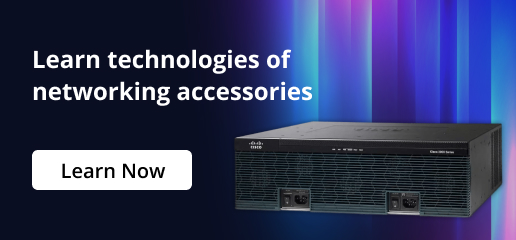

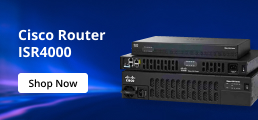
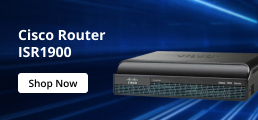
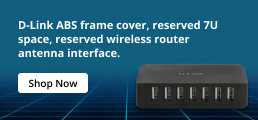
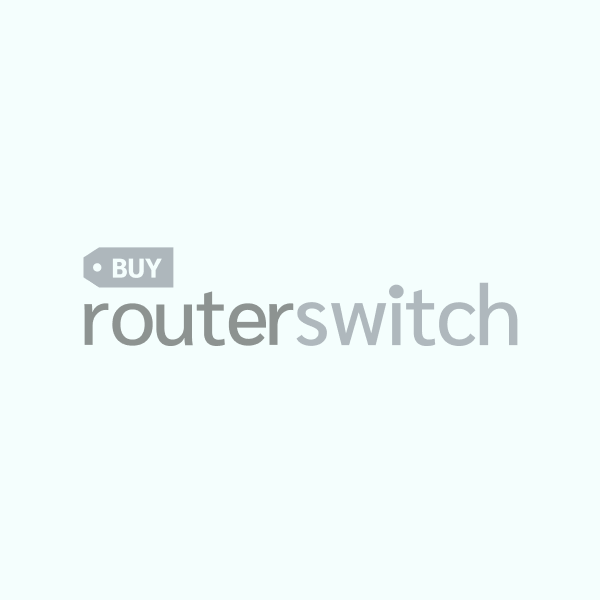
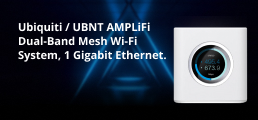

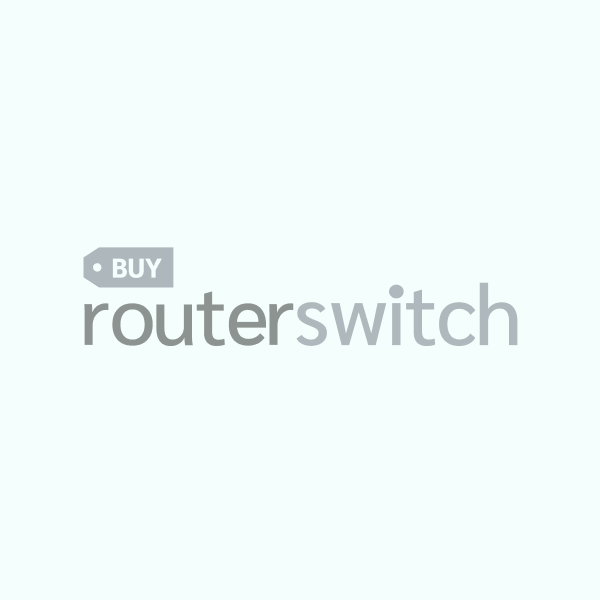
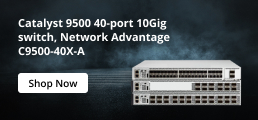
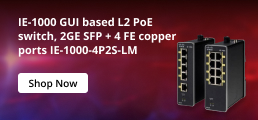
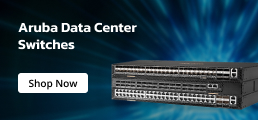
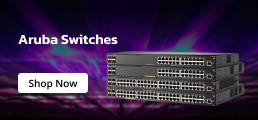

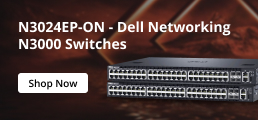


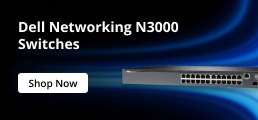
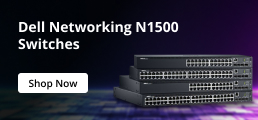


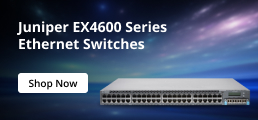
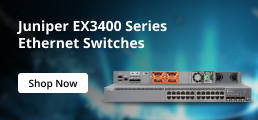
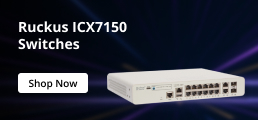
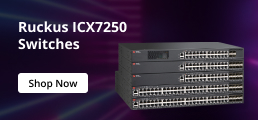

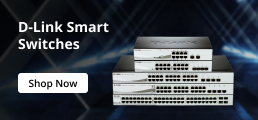


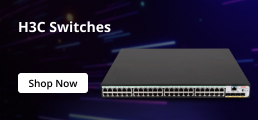
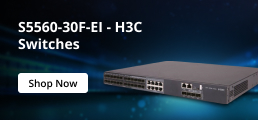



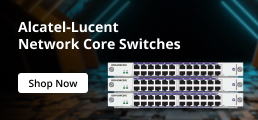
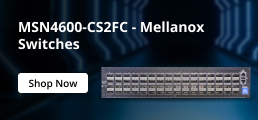







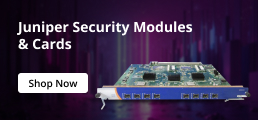
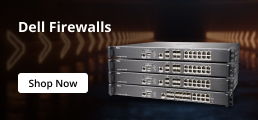



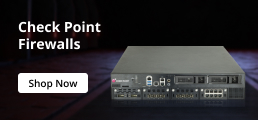
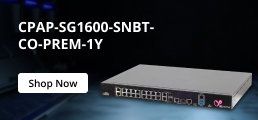

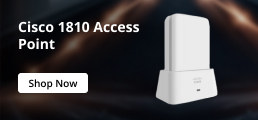








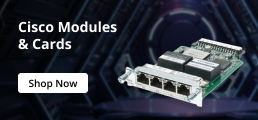
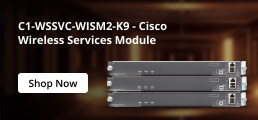




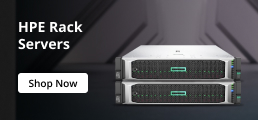
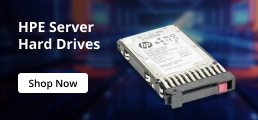


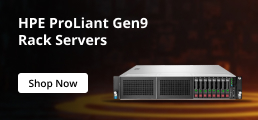
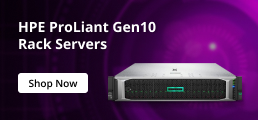
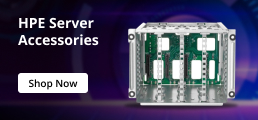
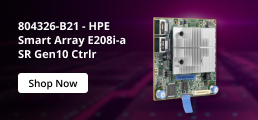
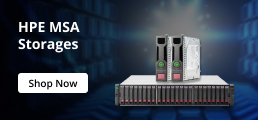
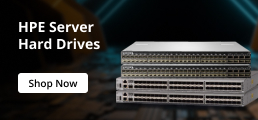

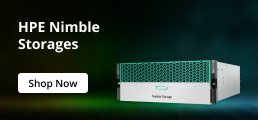
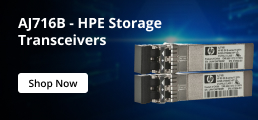


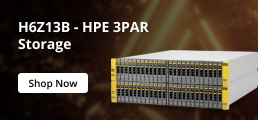

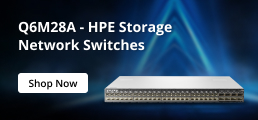

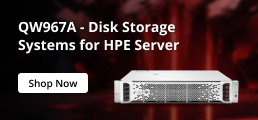
























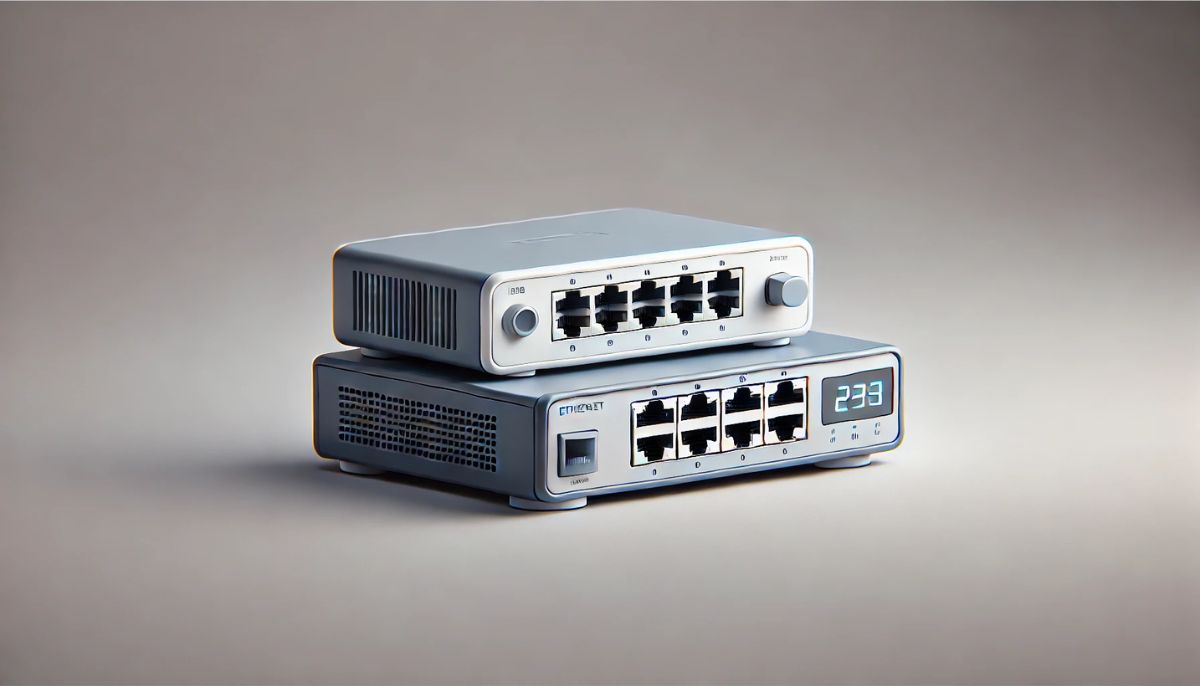
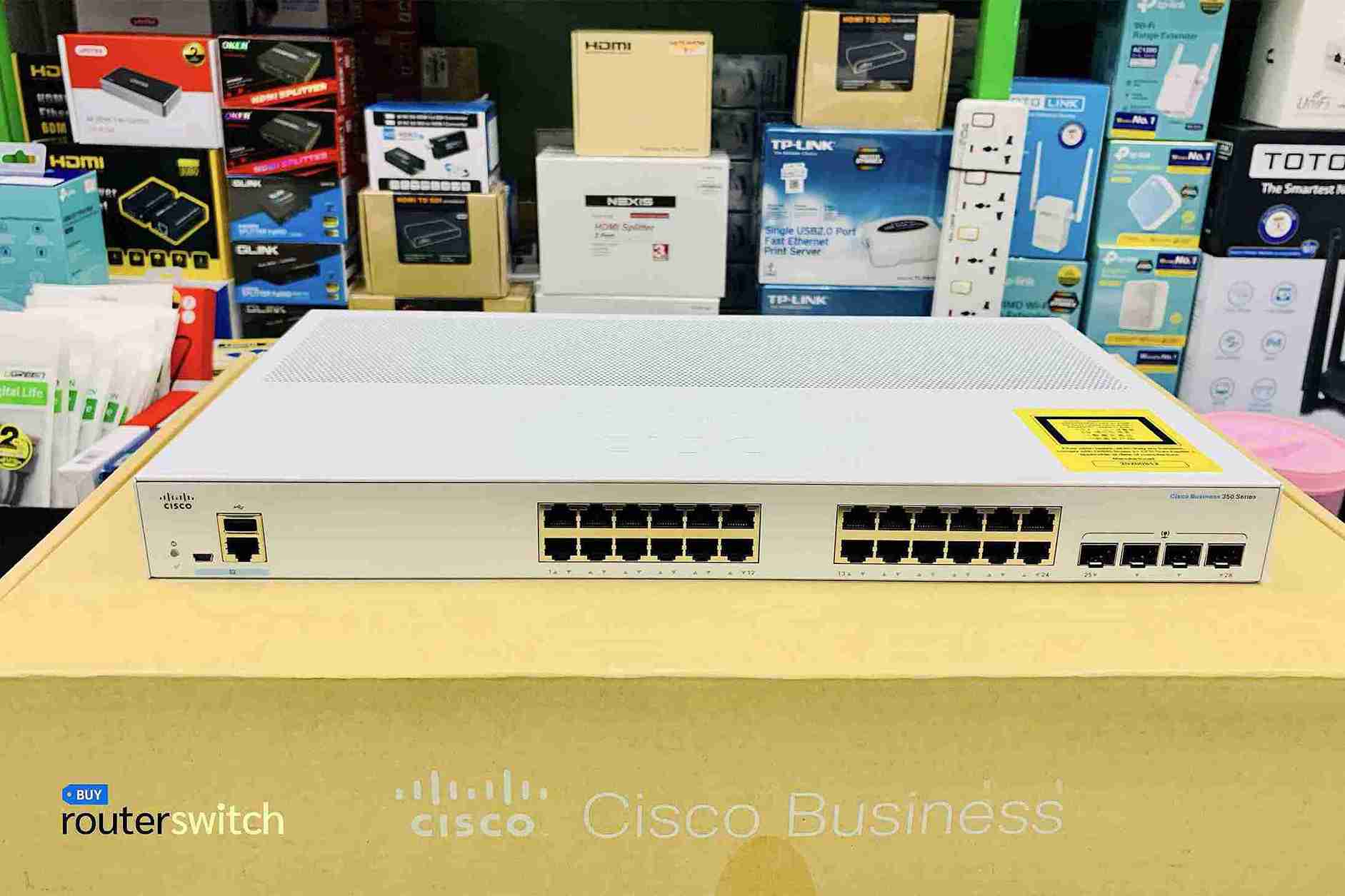
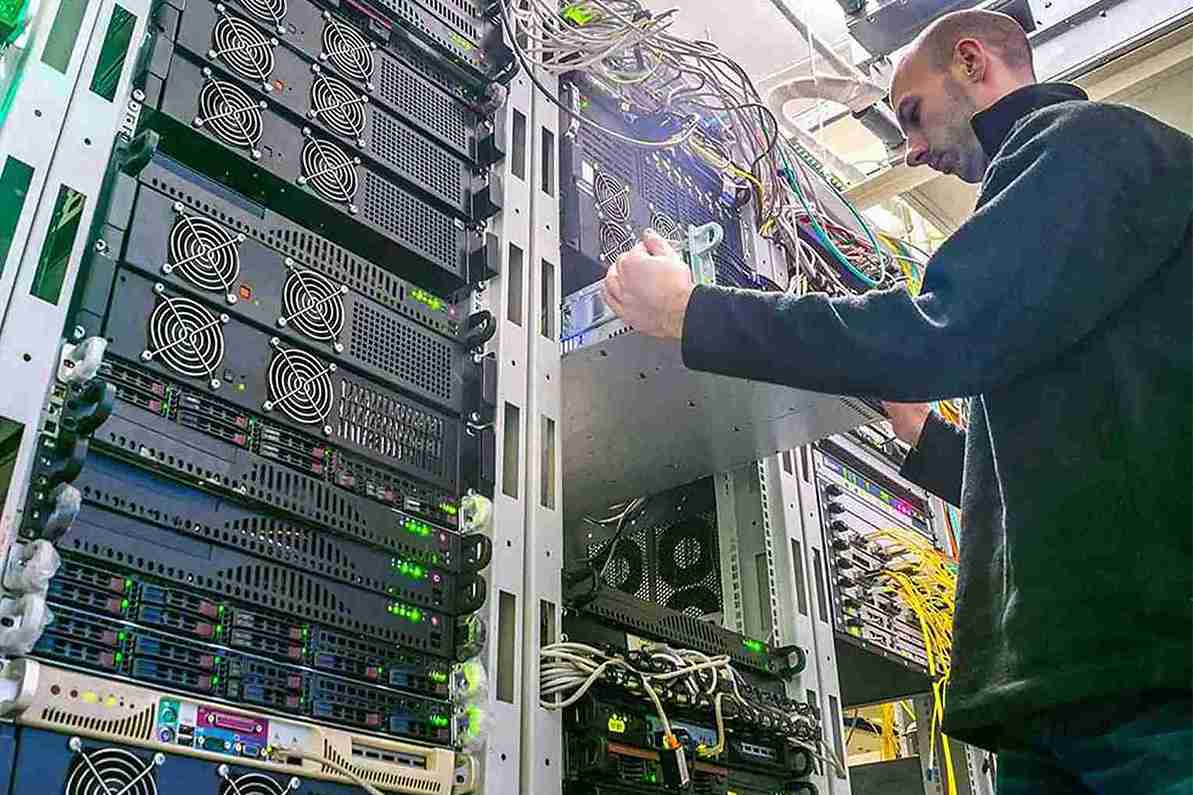
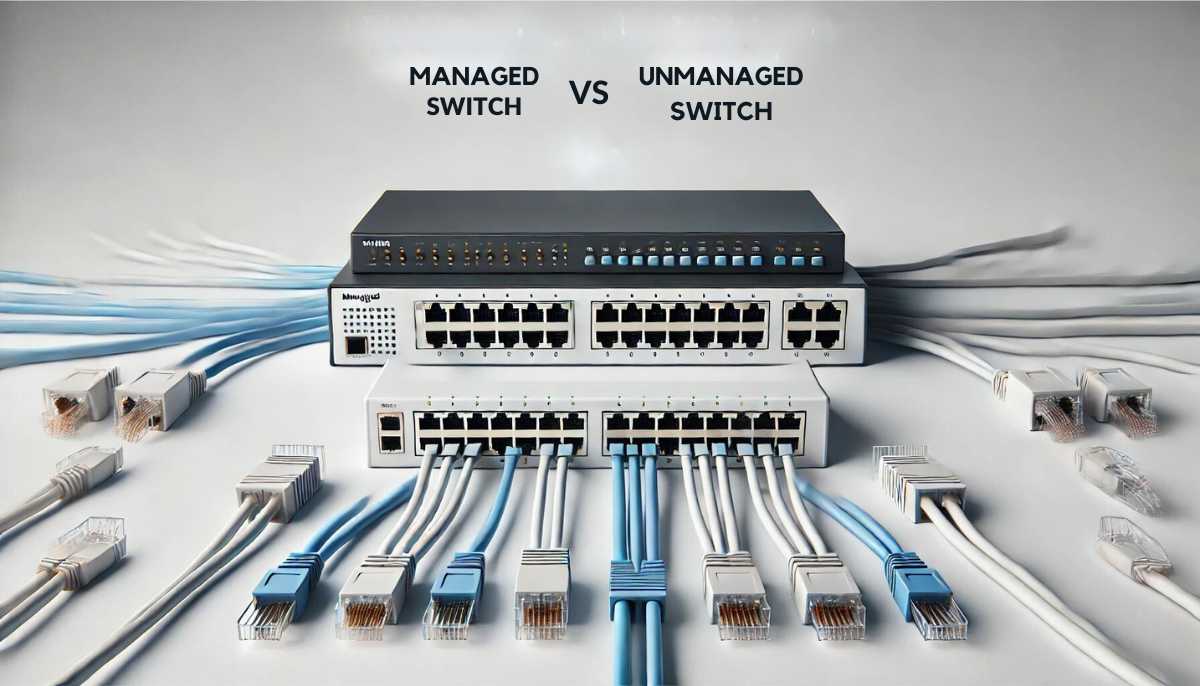




 (800) 870-9487
(800) 870-9487